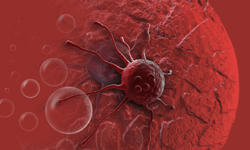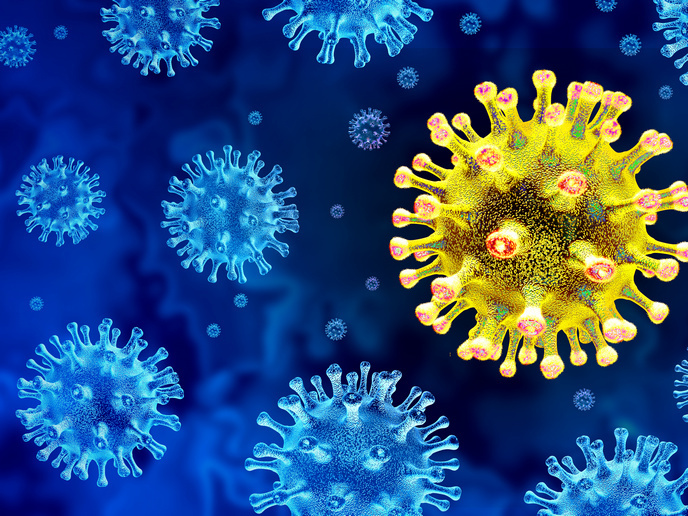Cell-specific cancer treatment
Conventional cytotoxic cancer therapies, such as radiation or chemotherapy, have little selectivity and trigger a broad spectrum of severe side-effects. Individual genetic differences make the situation even more complicated. The in situ generation of drugs using nucleic acid template reactions provides a unique strategy for cell-specific treatments. The EU-funded MOLECULARDOCTORS project explored the use of gene expression-specific chemotherapies for the development of new cancer treatments. The strategy is based on mRNA template activation of peptide nucleic acid (PNA) prodrugs by peptidyl transfer reactions. PNA is an artificially synthesised polymer similar to DNA or RNA. Synthetic PNA oligomers have been used in recent years in diagnostic assays and antisense therapies. PNA oligomers show high specificity in binding to complementary nucleic acids. PNAs are not easily recognised by either nucleases or proteases and are stable over a wide pH range. Though an unmodified PNA cannot readily cross cell membranes to enter the cytosol, covalently coupling a cell-penetrating peptide to a PNA can improve cytosolic delivery. In the project's strategy, two short PNA oligomers were equipped with the fragments of the cytotoxic peptide hybridised adjacently to a complementary RNA, which must be a biomarker of a malignant cell. One of the PNA probes presents the peptidyl sequence as a donating group, while the other bears an N-terminal cysteine peptidyl sequence as an accepting group. This adjacent alignment triggers a template-dependent ligation, which allows the reconstitution of the full cytotoxic peptide sequence. After the transfer reaction, the PNA with the full cytotoxic peptide can dissociate from the template to be involved in the catalytic production of more peptides. As a cytotoxic peptide, researchers have chosen the mitochondrial peptide KLAK, which shows cytotoxic properties in vitro and in vivo by disrupting the mitochondrial membrane and releasing the cytochrome c that triggers apoptosis. After the best peptide pairs were selected, the researchers synthesised the accepting and donating PNA–peptide conjugates. As a proof-of-concept for this innovative project, they decided to synthesise the accepting probe with a cell-penetrating peptide and run a catalytic template reaction with an extracellular RNA. After the transfer reaction, the full-length peptide–PNA conjugate had to penetrate the cells and trigger the apoptosis. The results of this last stage of the project are currently under investigation. Development of new oncologic treatments will undoubtedly have profound socioeconomic impact worldwide. This project is reaching the challenging goal of achieving the specific mRNA-directed release of bioactive species inside the cancer cells. This might lead to the discovery of a new class of therapeutics that could be used in the war against cancer as well as for other drug developments.







